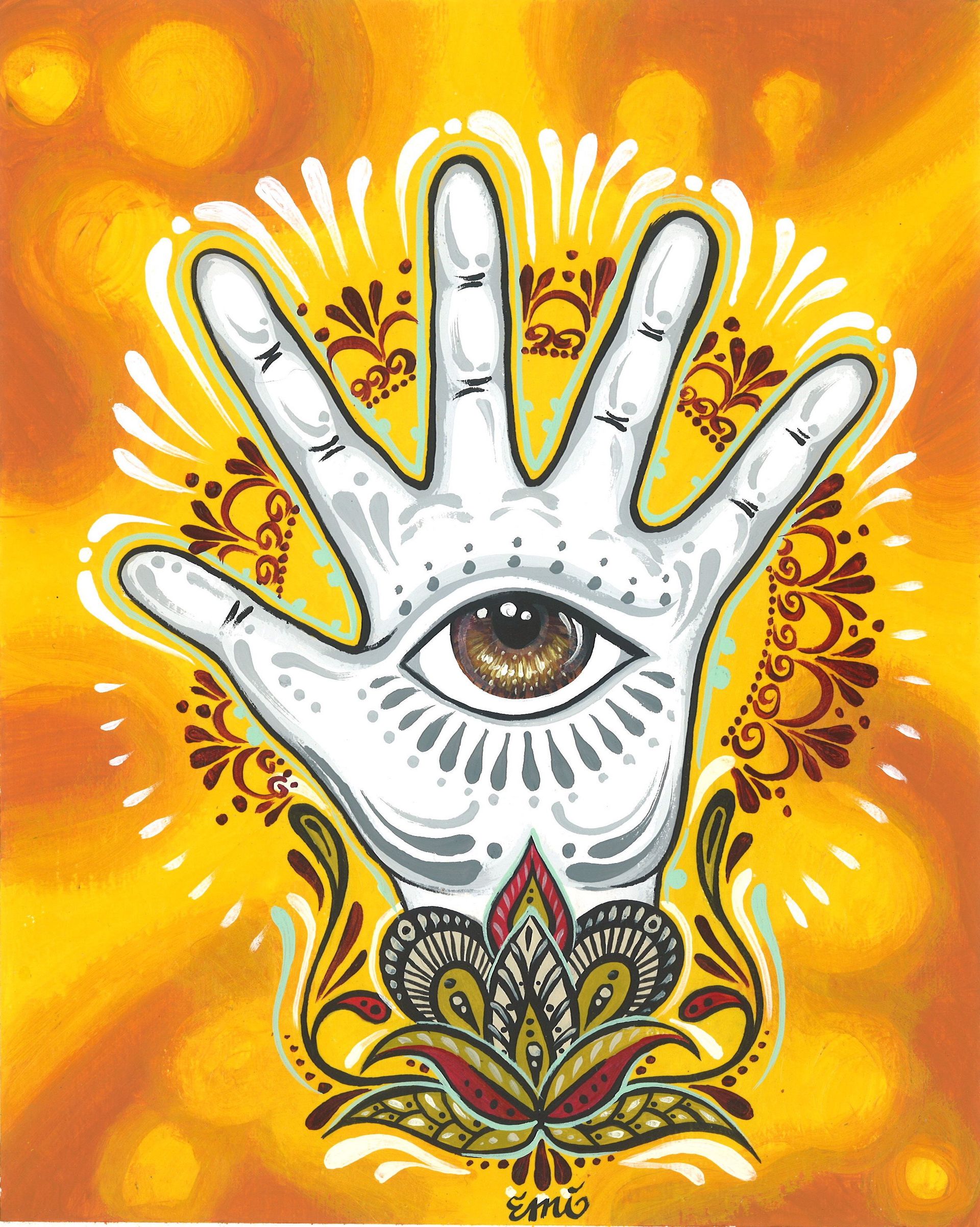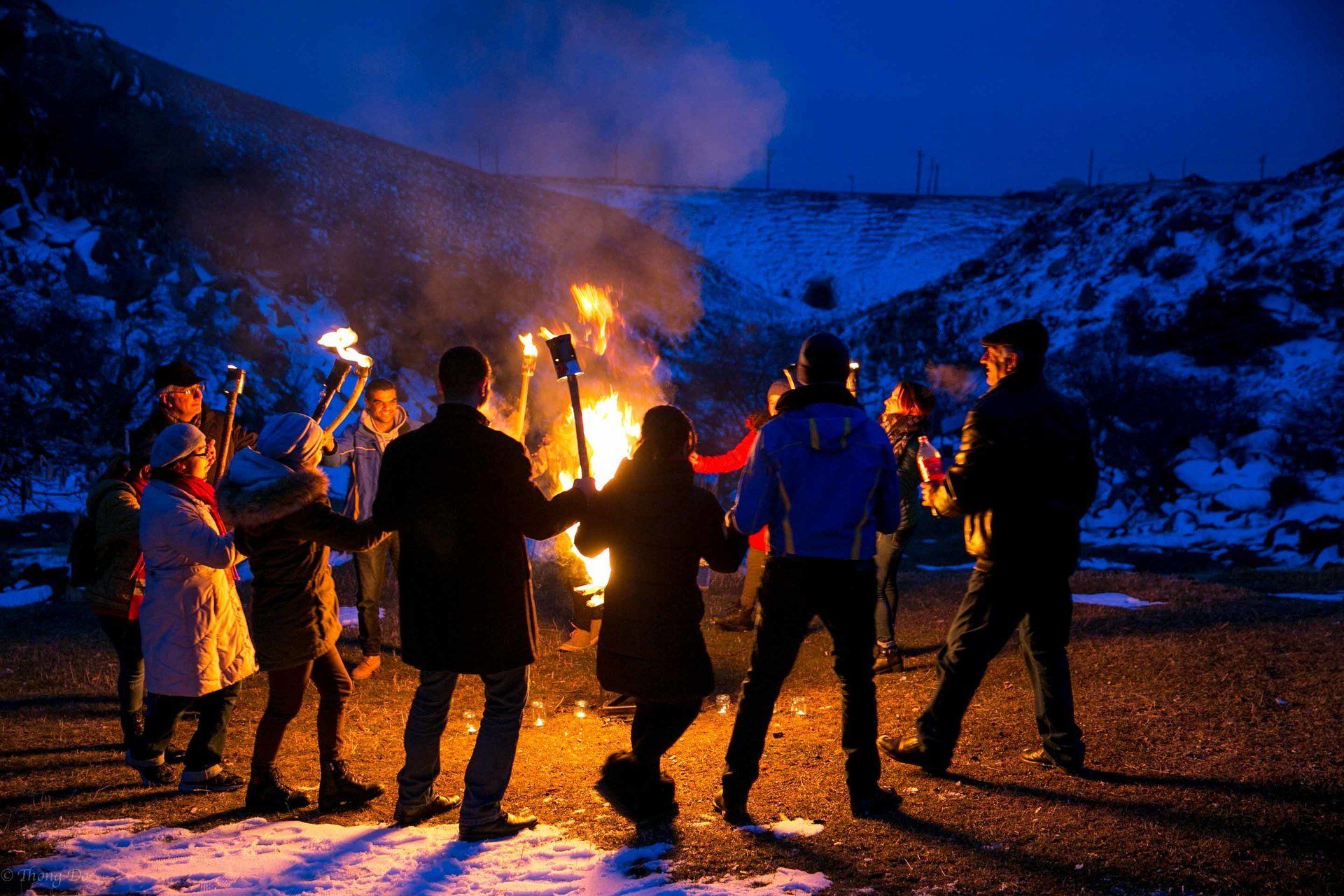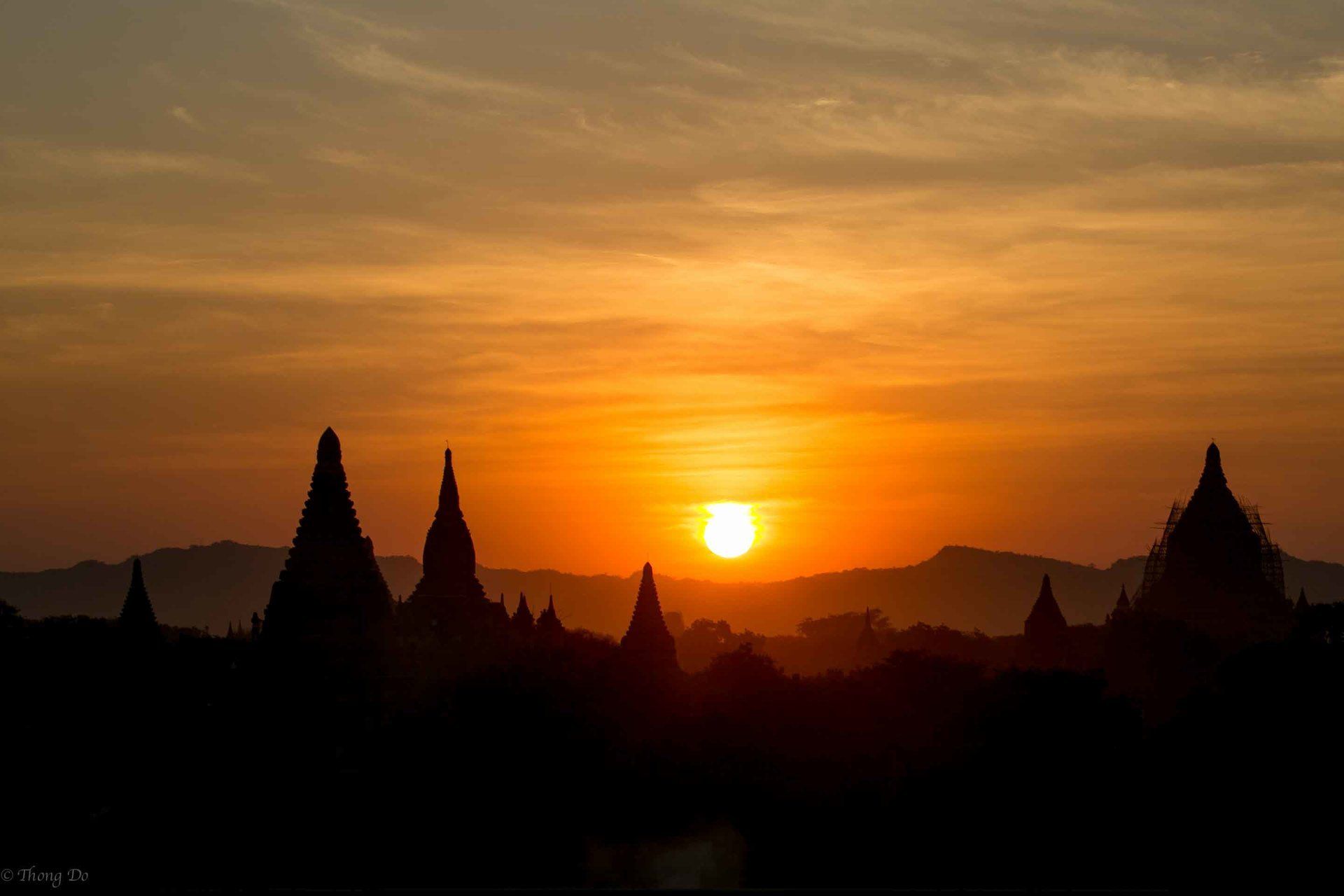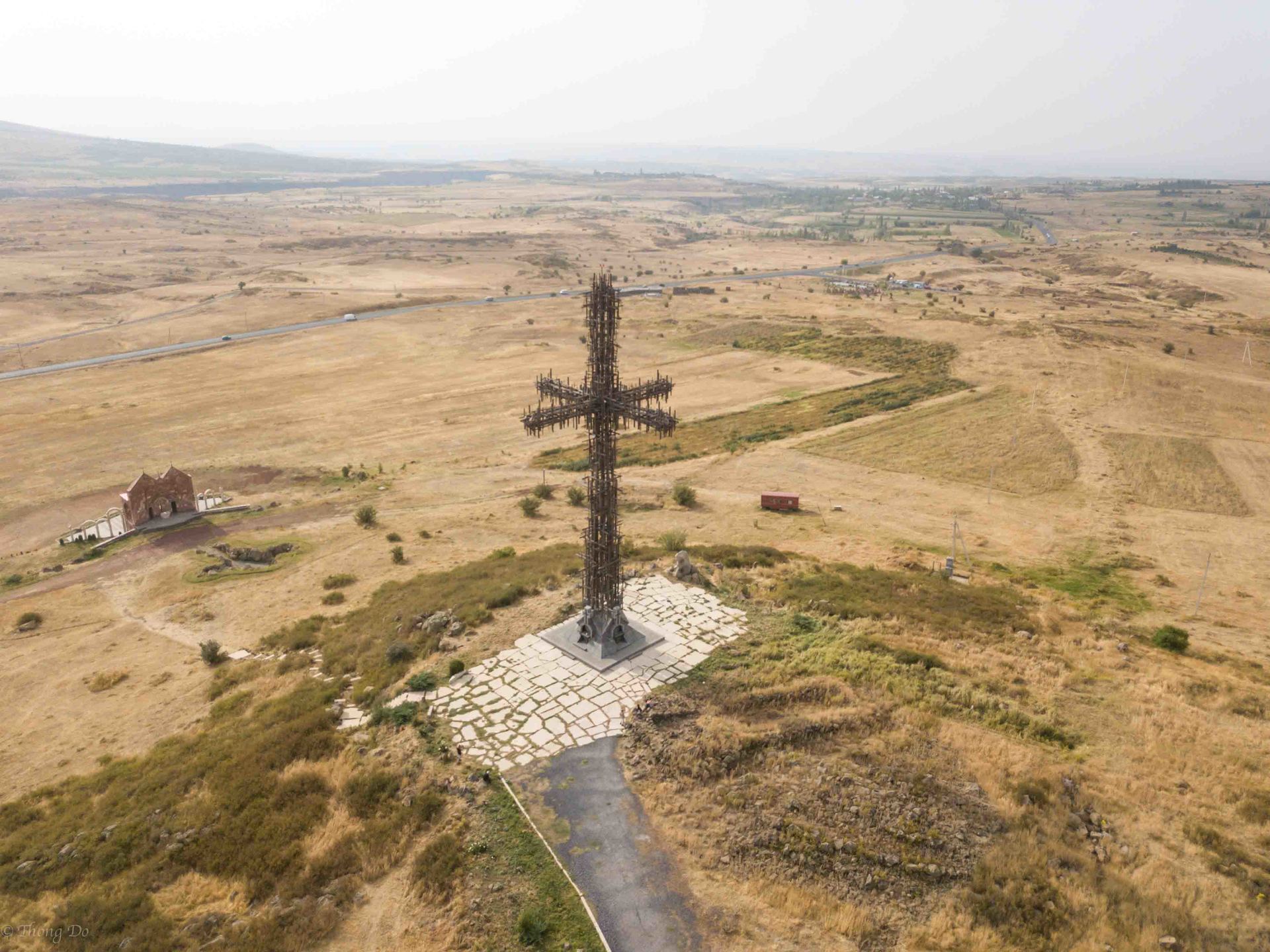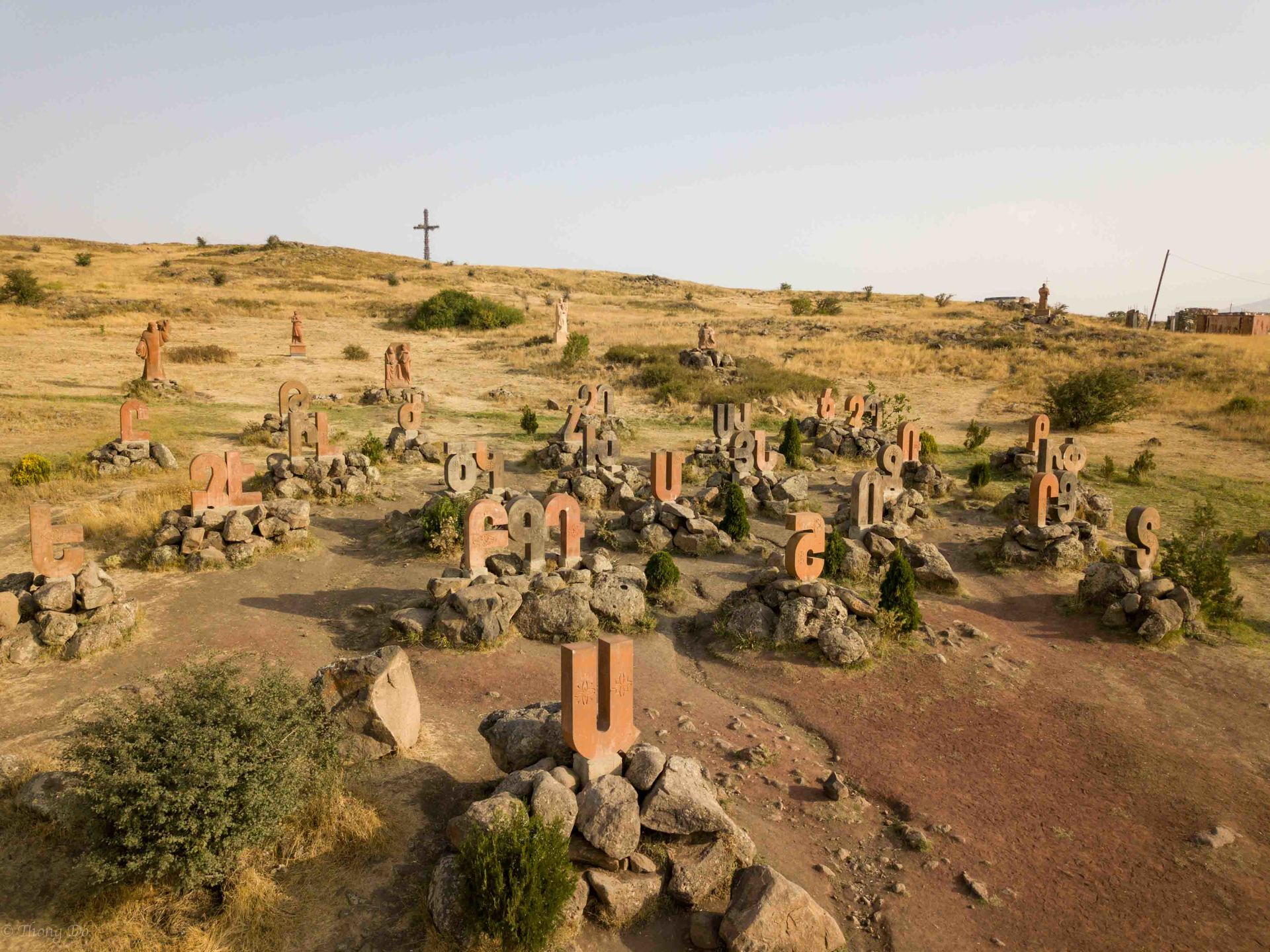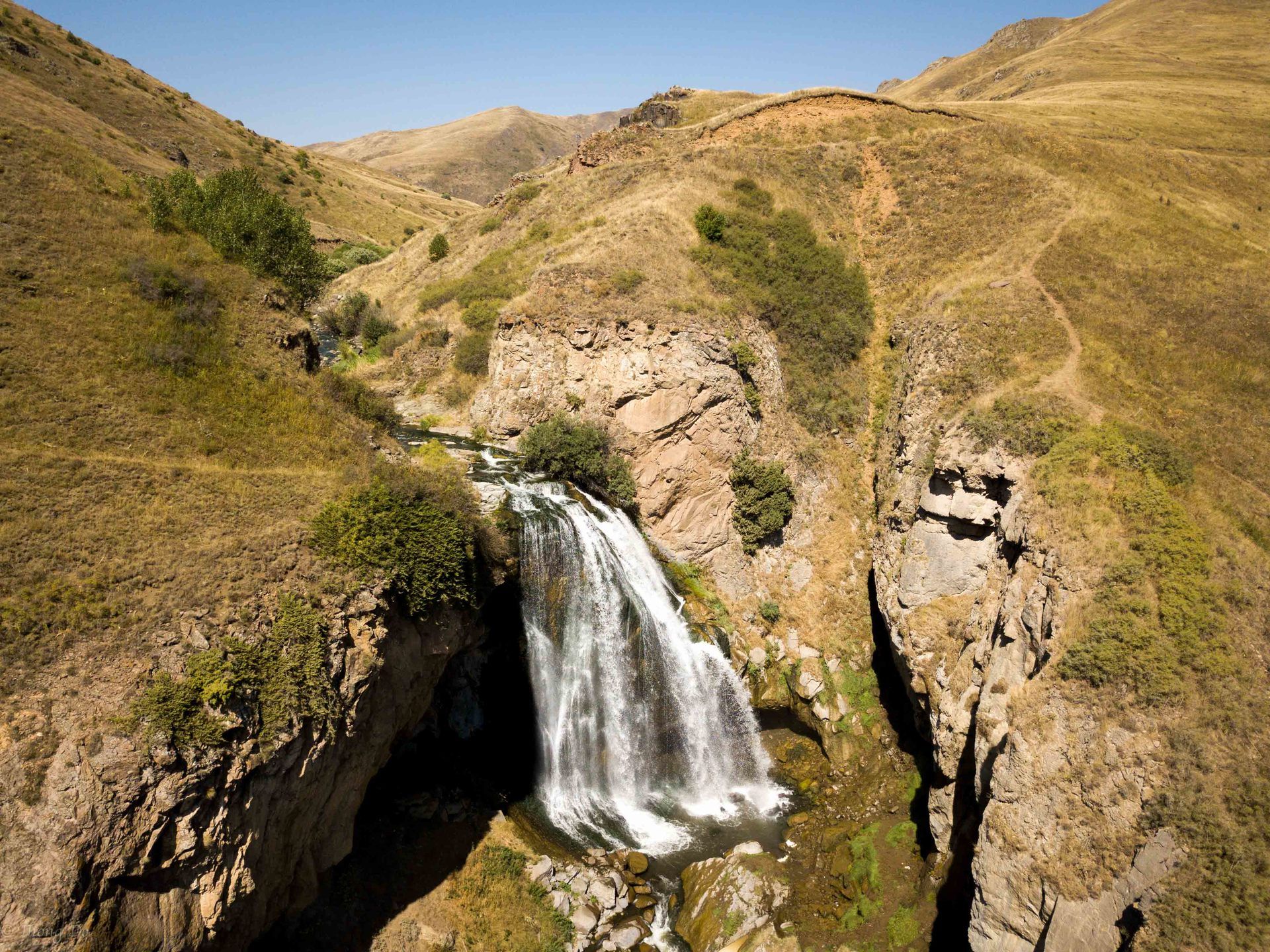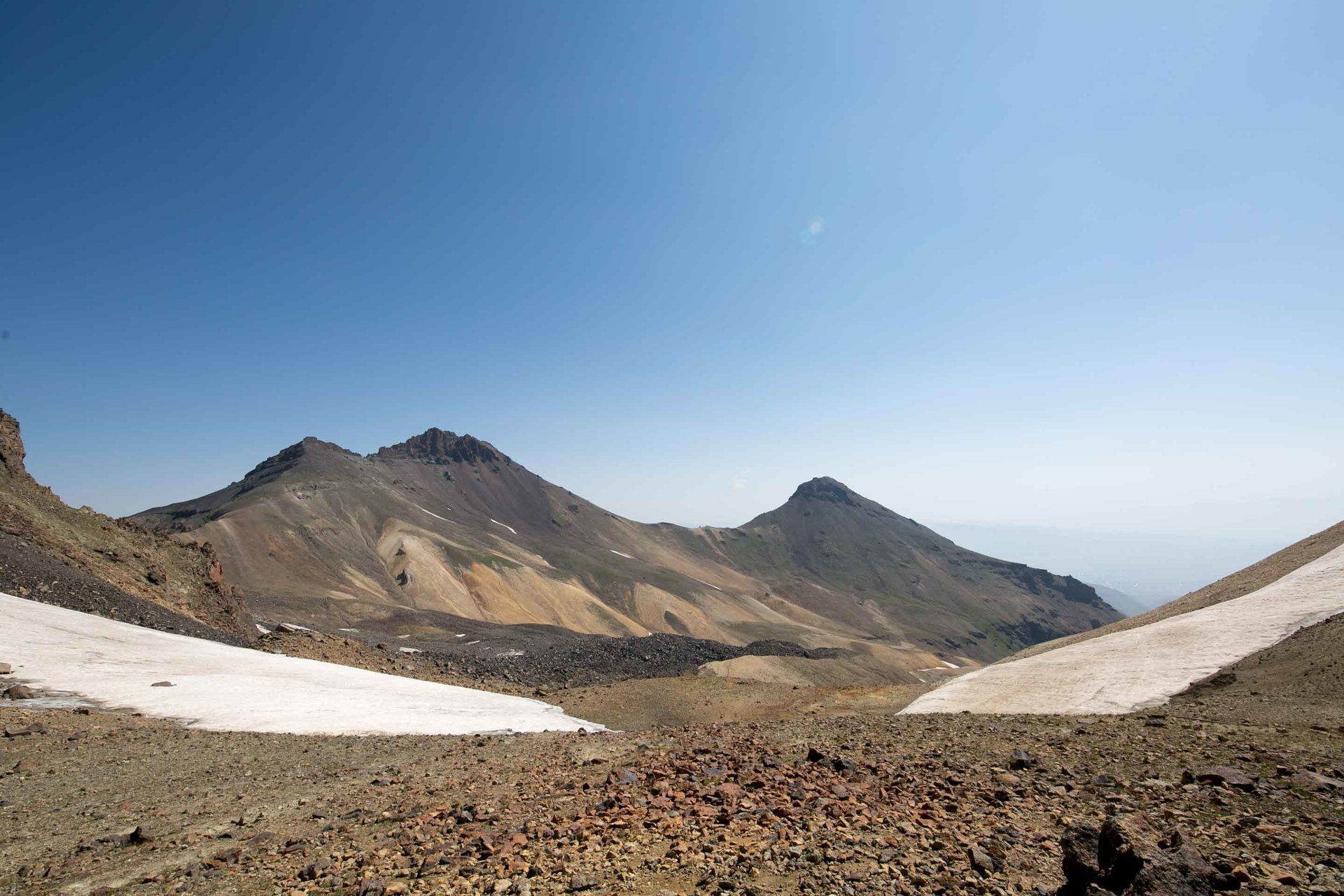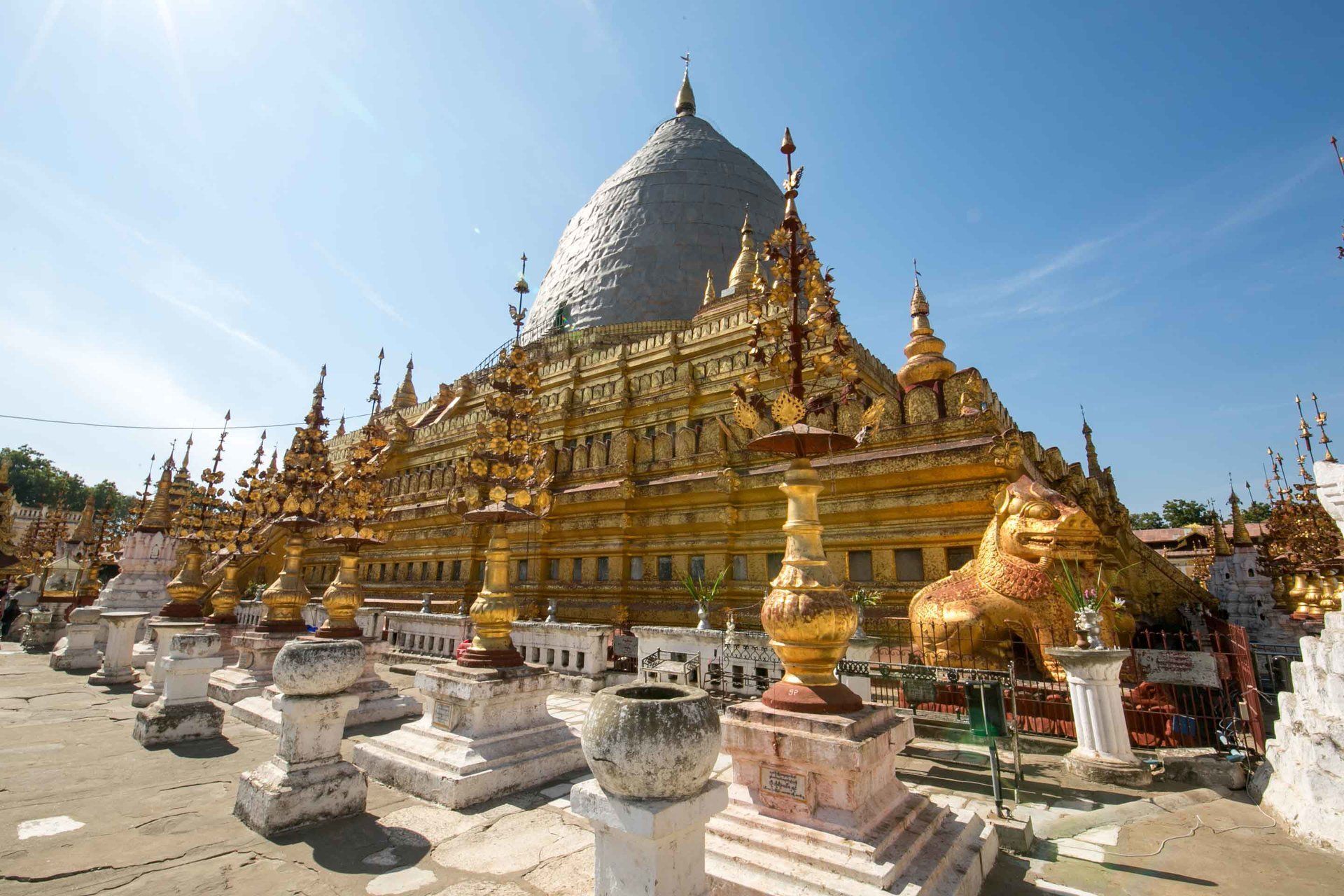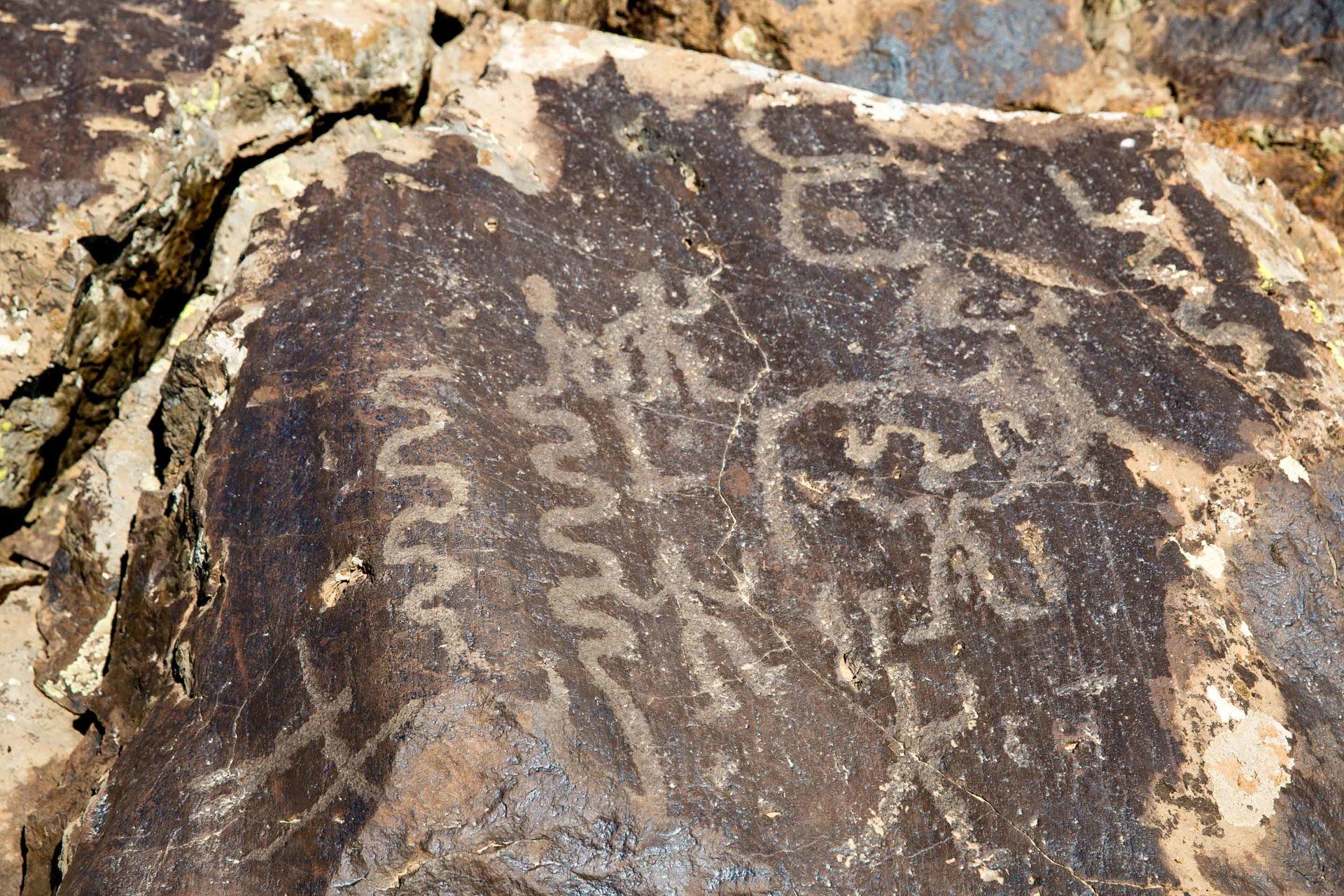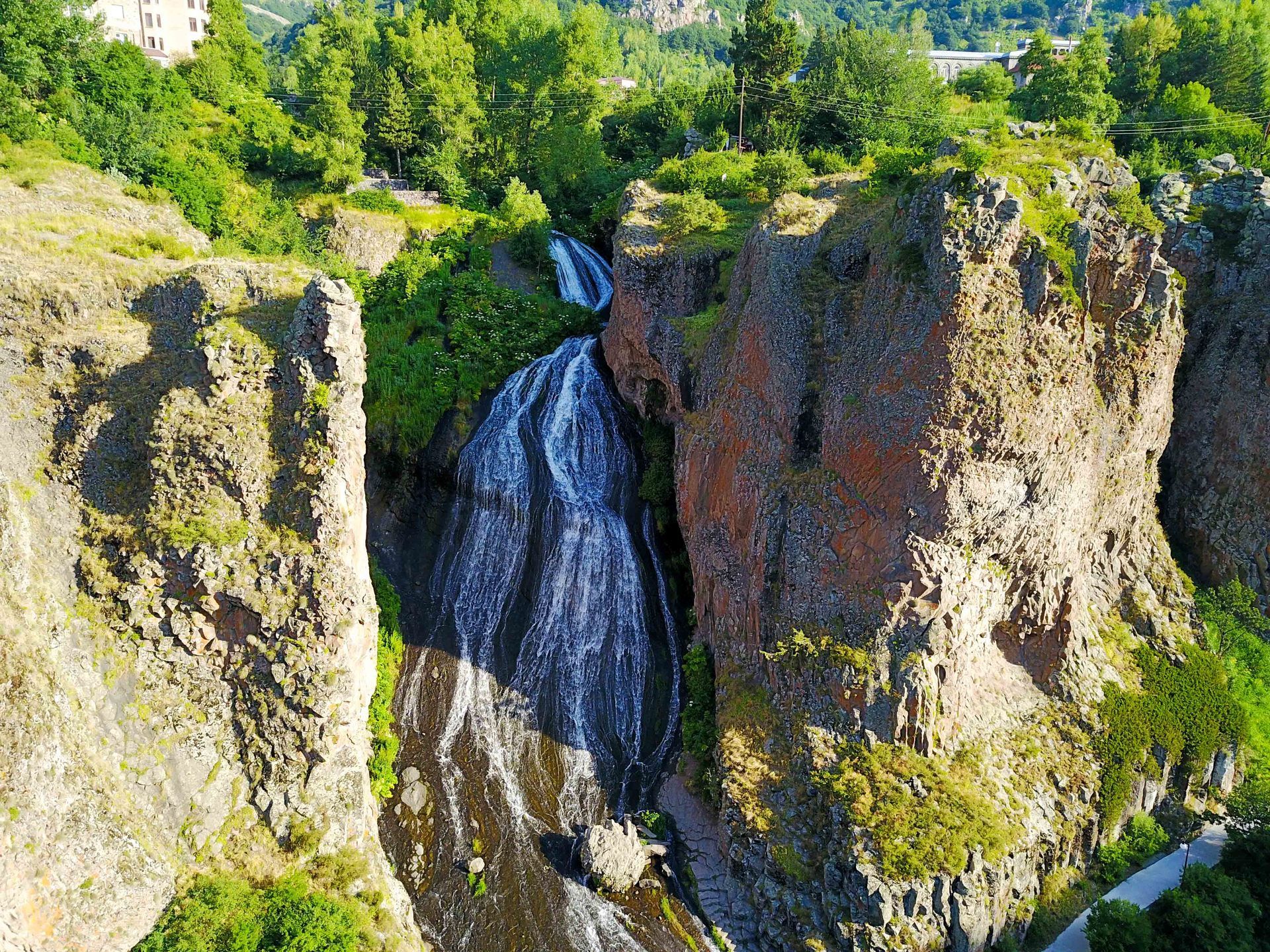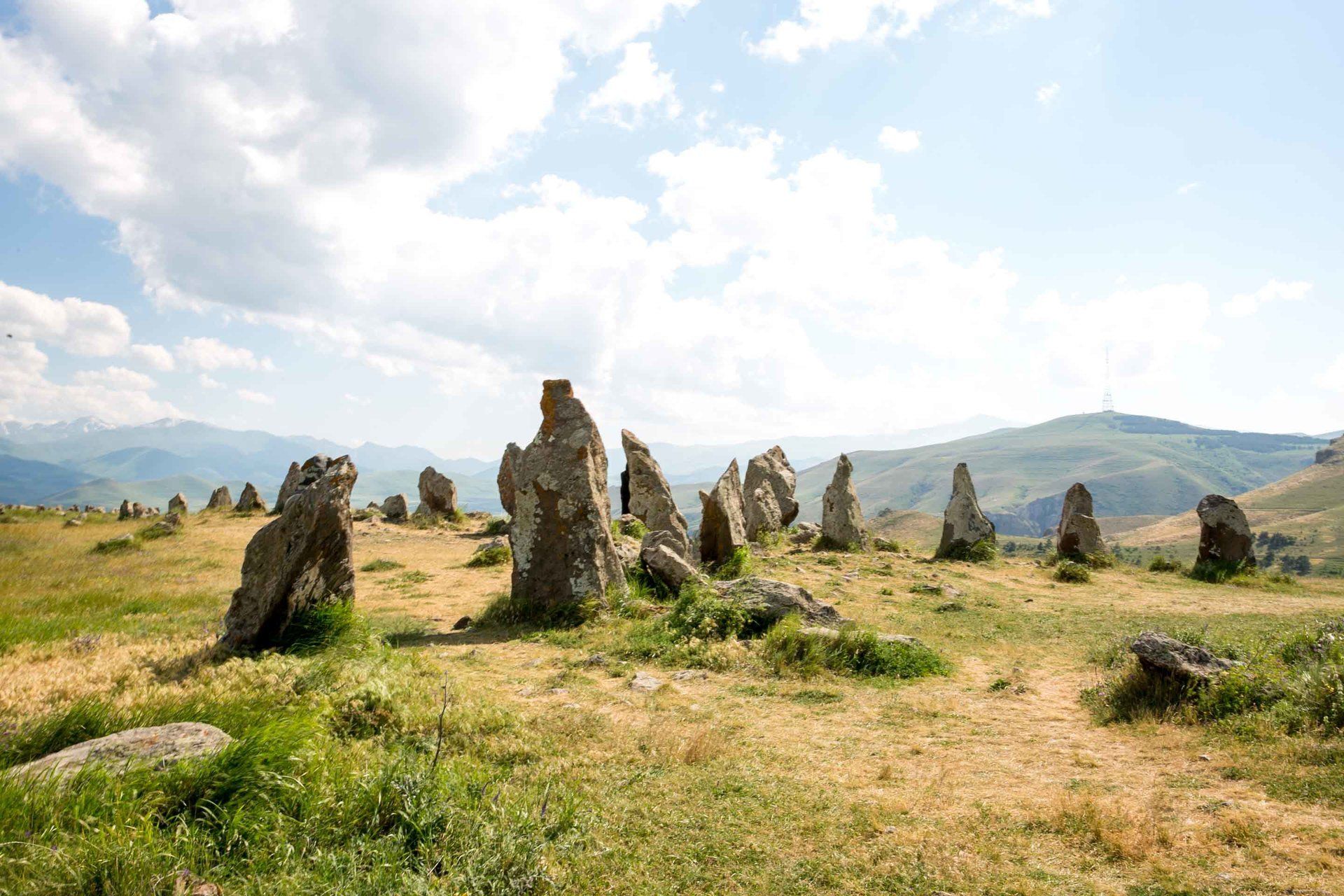Sheepherding in Armenia Part 2
- By Thong Do
- •
- 17 May, 2017
- •
It’s been nearly a year since I went sheepherding with the Yazidi family in my old host family’s village of Taperakan. The experience was a little different this time because my language skills were much improved. I arrived in my host family’s village in the beginning of May with some of my fellow Peace Corps Volunteers on a Saturday and in the evening we stopped by the Yazidi family to let them know we’d be accompanying them in them in the morning. They remembered me right away and were as equally welcoming to the others and me as they were a year ago.
One slight difference I noticed right away was the size of their flock. Last year I noticed the enclosed area the sheep stayed in was nearly packed and this time it was about half of that. I asked Ashot, the family member who seemed to be the business manager of the family operation, if he sold most of his flock and he responded with a very sad look on his face. It turns out that winter was unusually long this year and that a large portion of his flock had died in the cold. Ashot told me that after the animal expenses he was barely able to provide for his family.
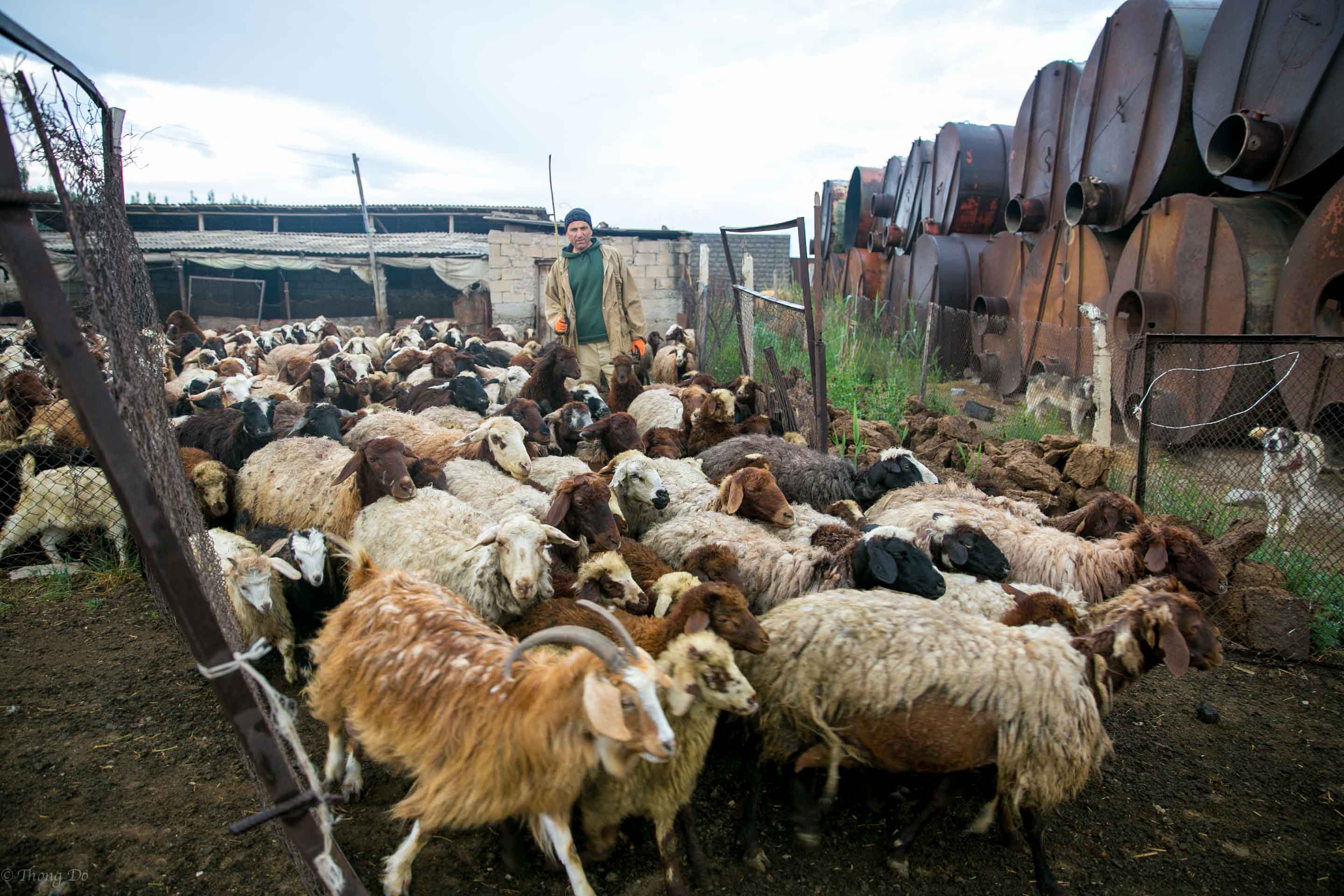
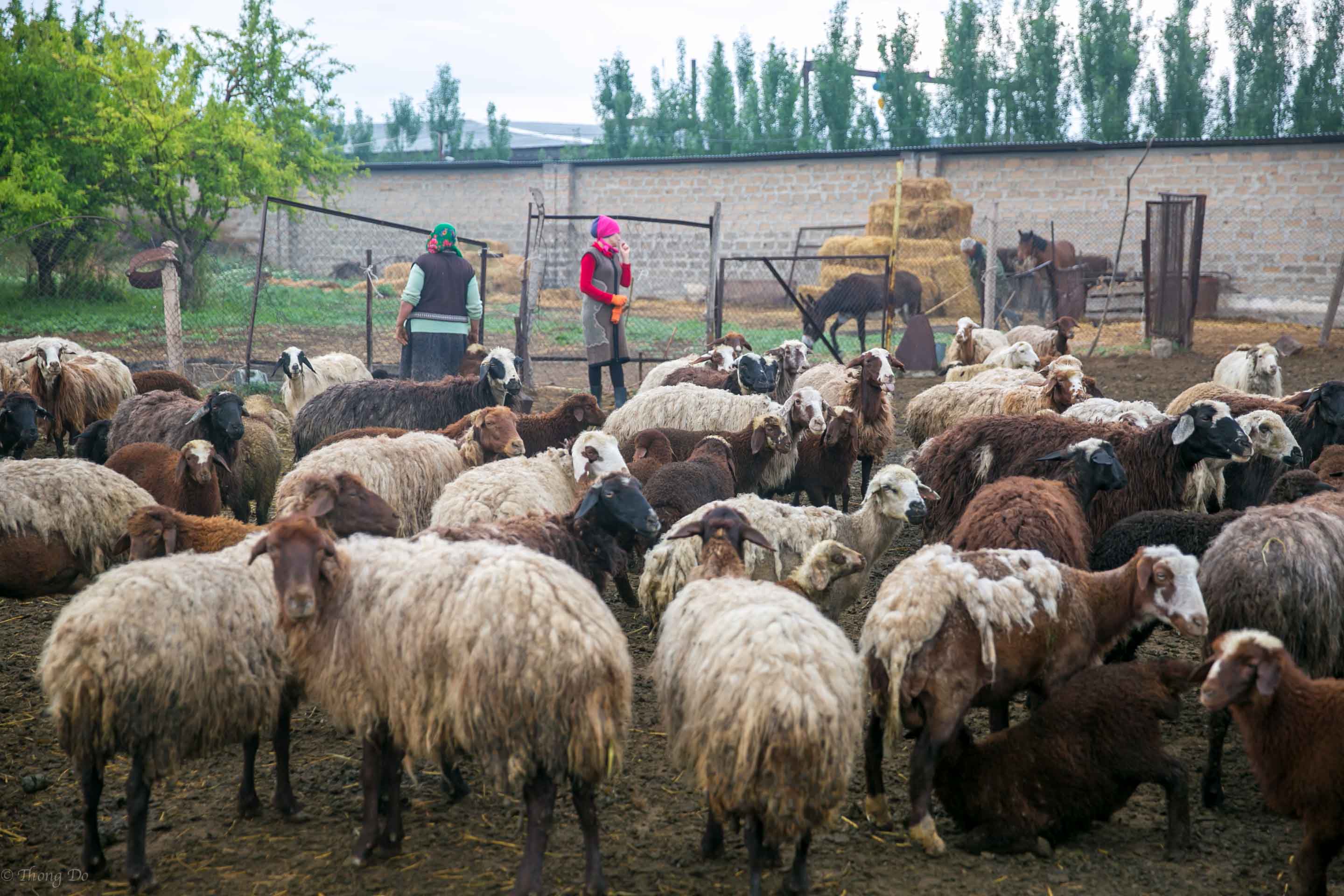
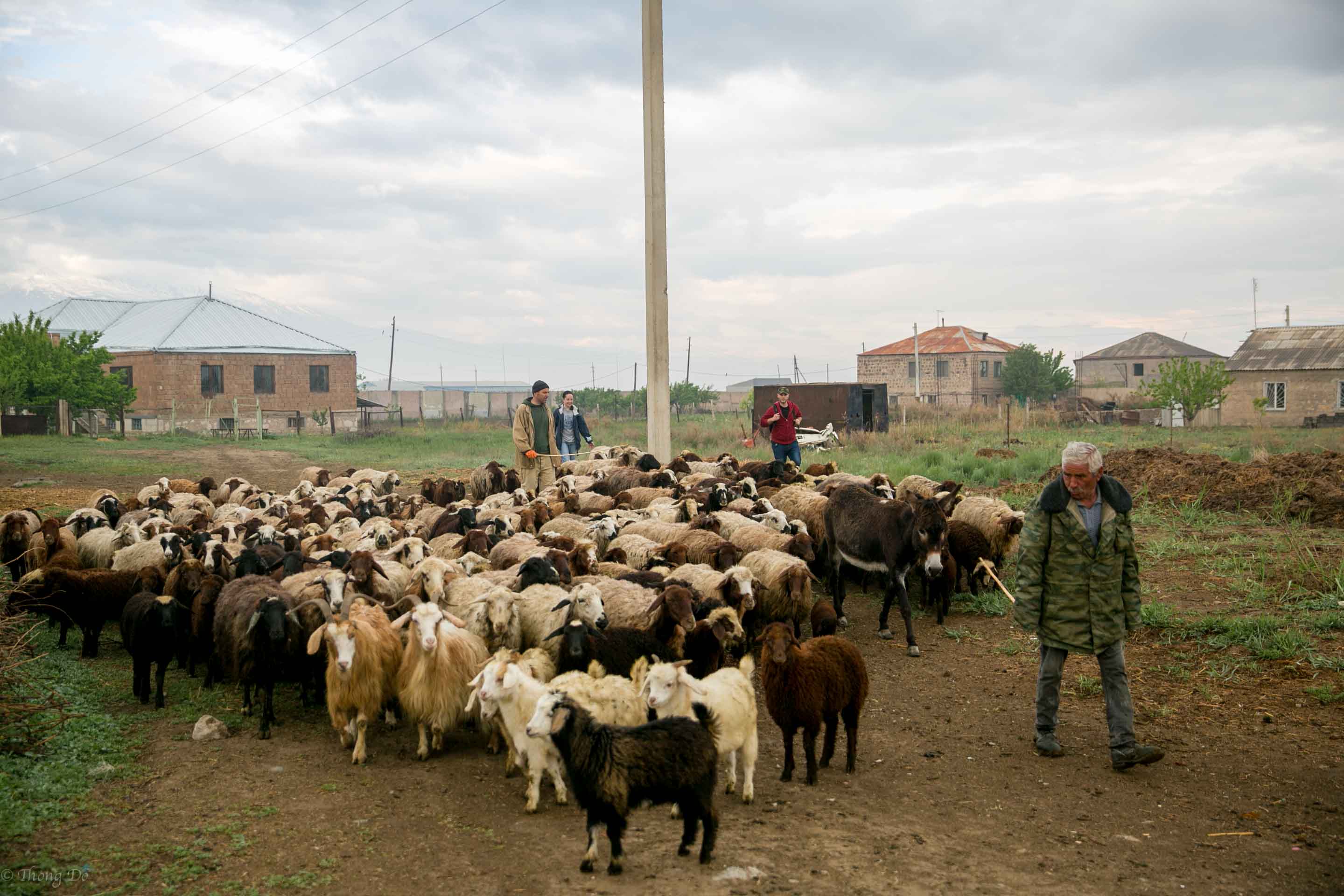
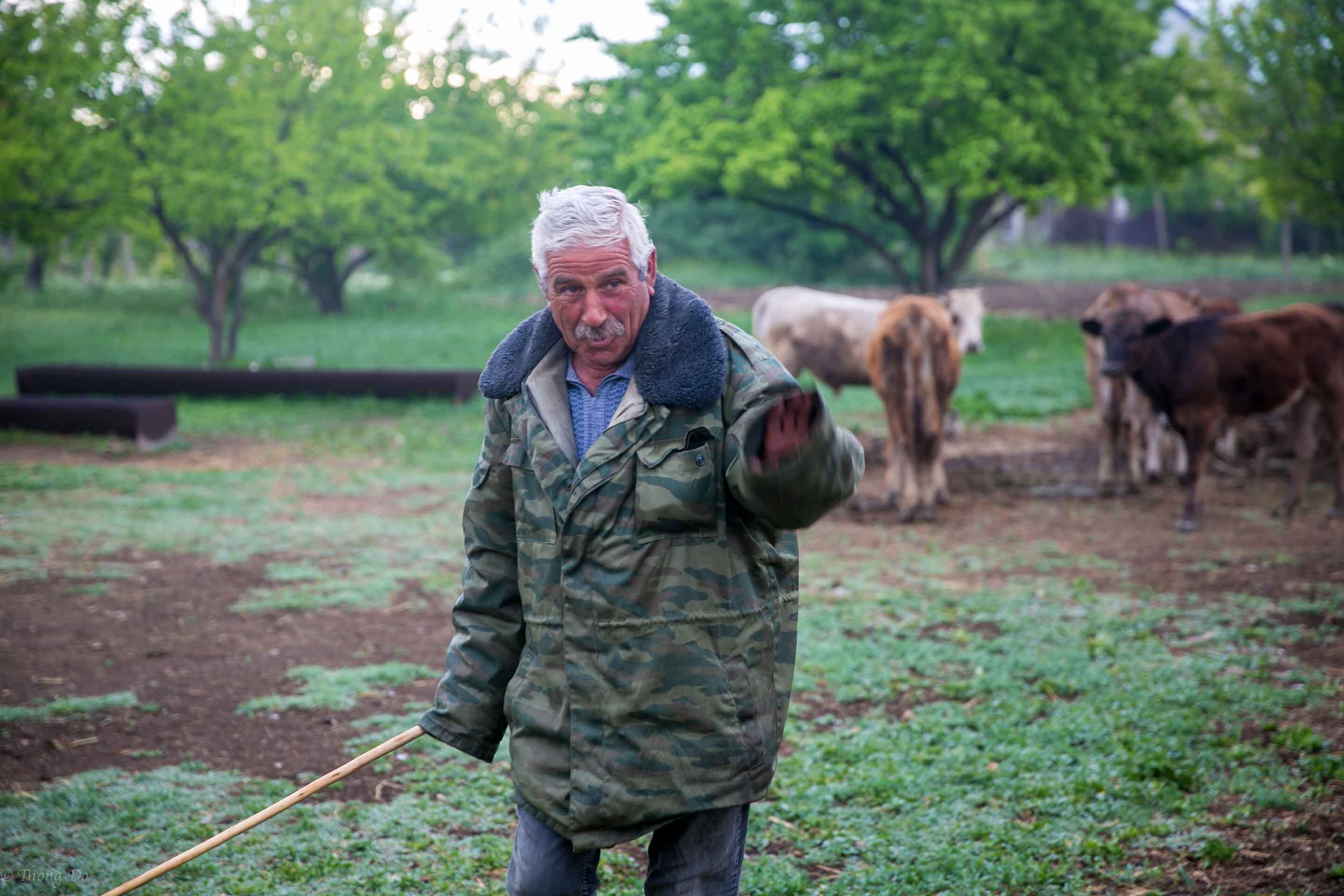
I learned that sheep get sheered annually and the average life span of a sheep is about 7 years. This Yazidi family also raised cows, goats, chickens, and rabbits. This farm had many generations living under the same large roof and they even invited all of us in for homemade cheese and vodka to chat. The grandson was also here and I showed him a picture I took of him on a donkey from last year on my cell phone. He looked a bit taller and talked about how much he wants to be a soccer player when he gets older. If you’re unfamiliar with the Yazidis they are also known as Kurds and the largest ethnic minority group in Armenia. They reside mostly in the central and southern region of Armenia and worship a peacock. Yazidis mostly reside in northern Iraq but have been living and prospering quite nicely in Armenia for many years.
The daily life of an Armenian farmer is tough and usually begins at 5am everyday and milking all the livestock. Ashot invited us to take part in the early morning ritual but I had to pass. We did arrive around 7:15am though to see them get the sheep out of their pen and on to greener pastures. The weather was pretty decent and once we crossed the major highway the sheep knew where to go and it was smooth sheepherding from there. Hasoor, the grandfather and main sheepherder stayed with the sheep and us while Ashot just escorted us past the highway and then returned back to the farm. Hassoor wasn’t as talkative and inquisitive with me as he was last year but that’s ok.
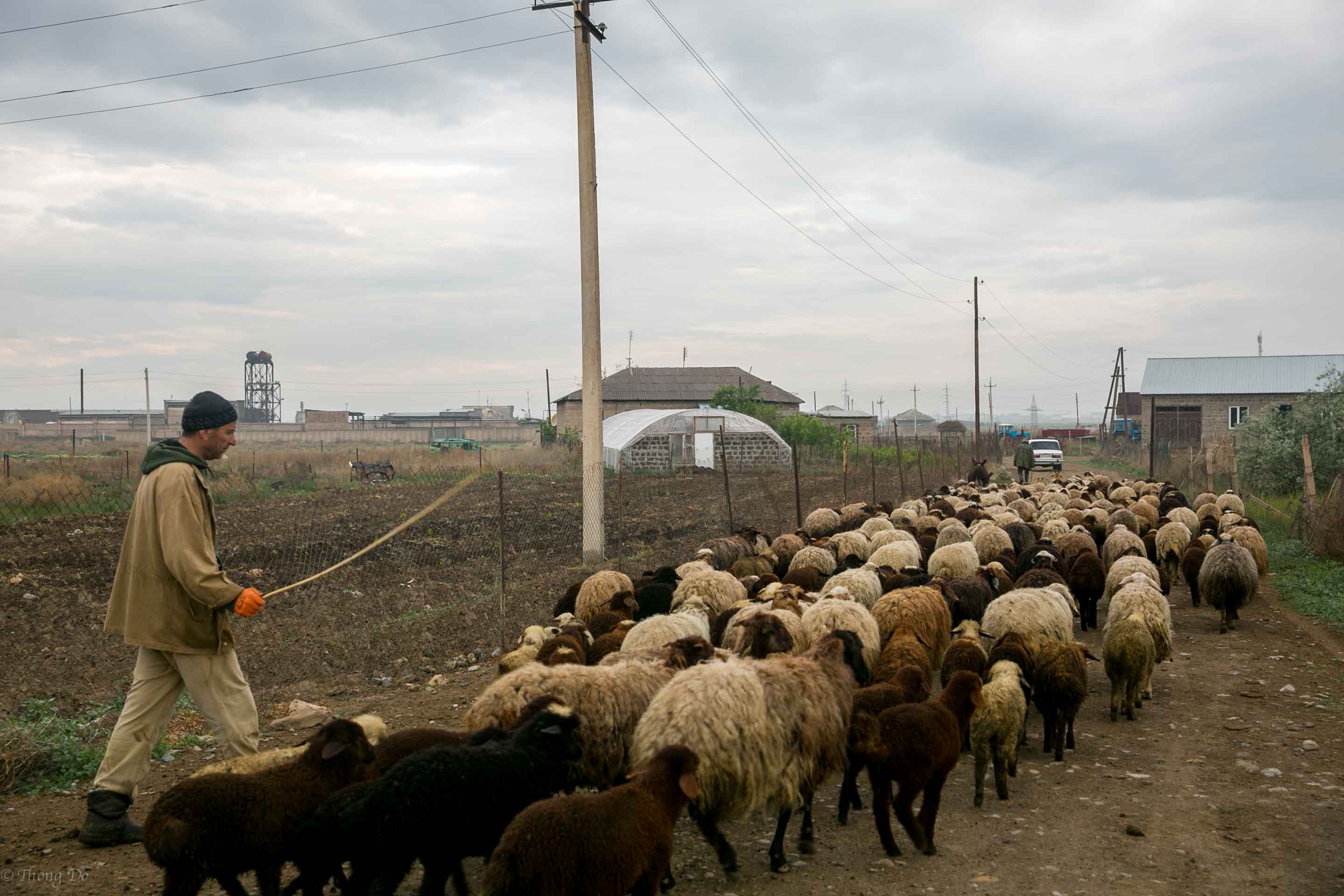

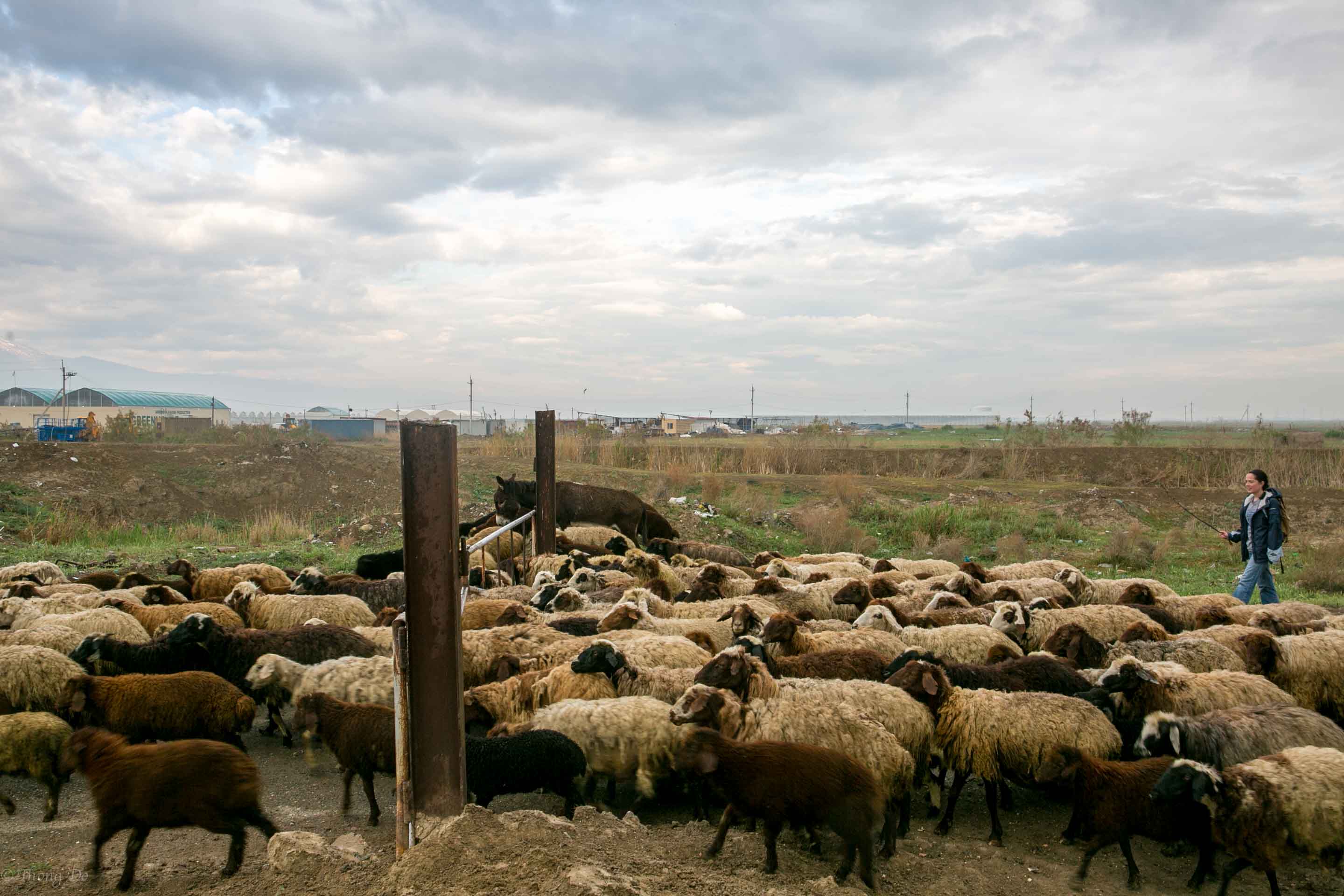
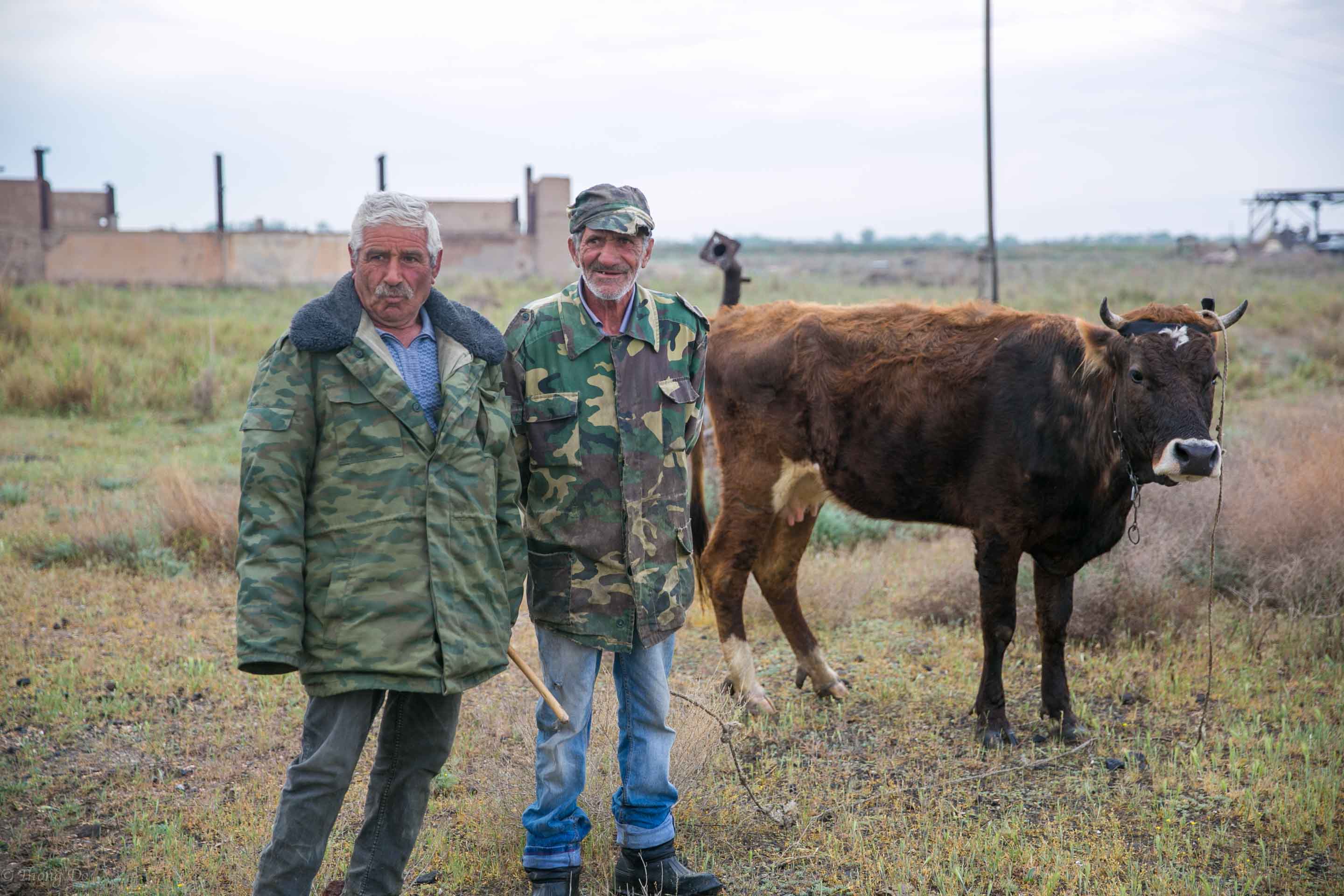
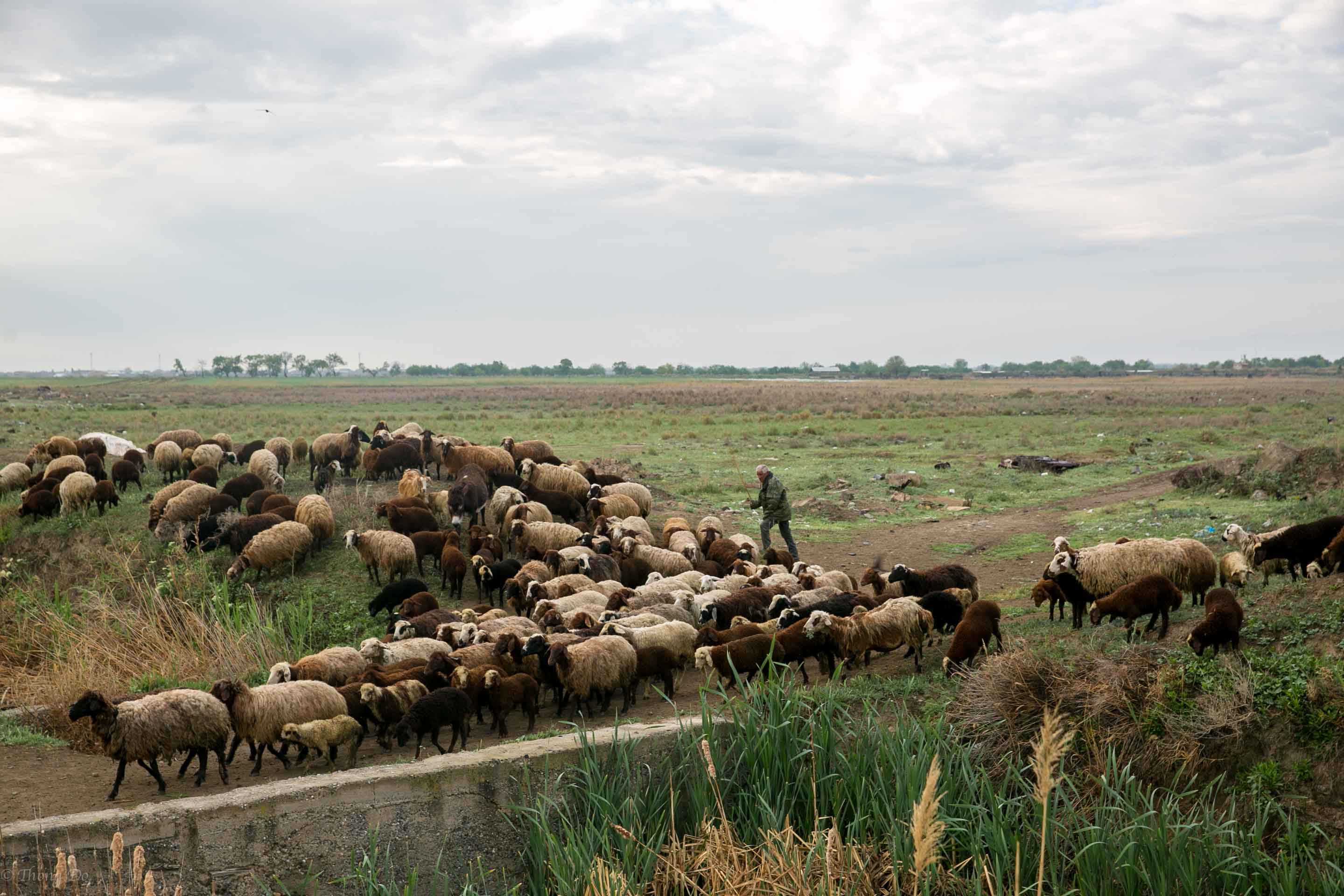
Luckily along the way we met other cow herders who I remember from last year. They were jovial and in good spirits and quite ready to take a photo with us. Time and silence with the occasional “bahh….bahhh” is all you have when sheepherding so it gives you a lot of time think and ponder things. This moment can be quite liberating as you are away from technology, traffic, and other things that keep you distracted. It can also be a little bit unnerving as you begin to wonder about the decisions you made in life and whether or not it was the right choice.
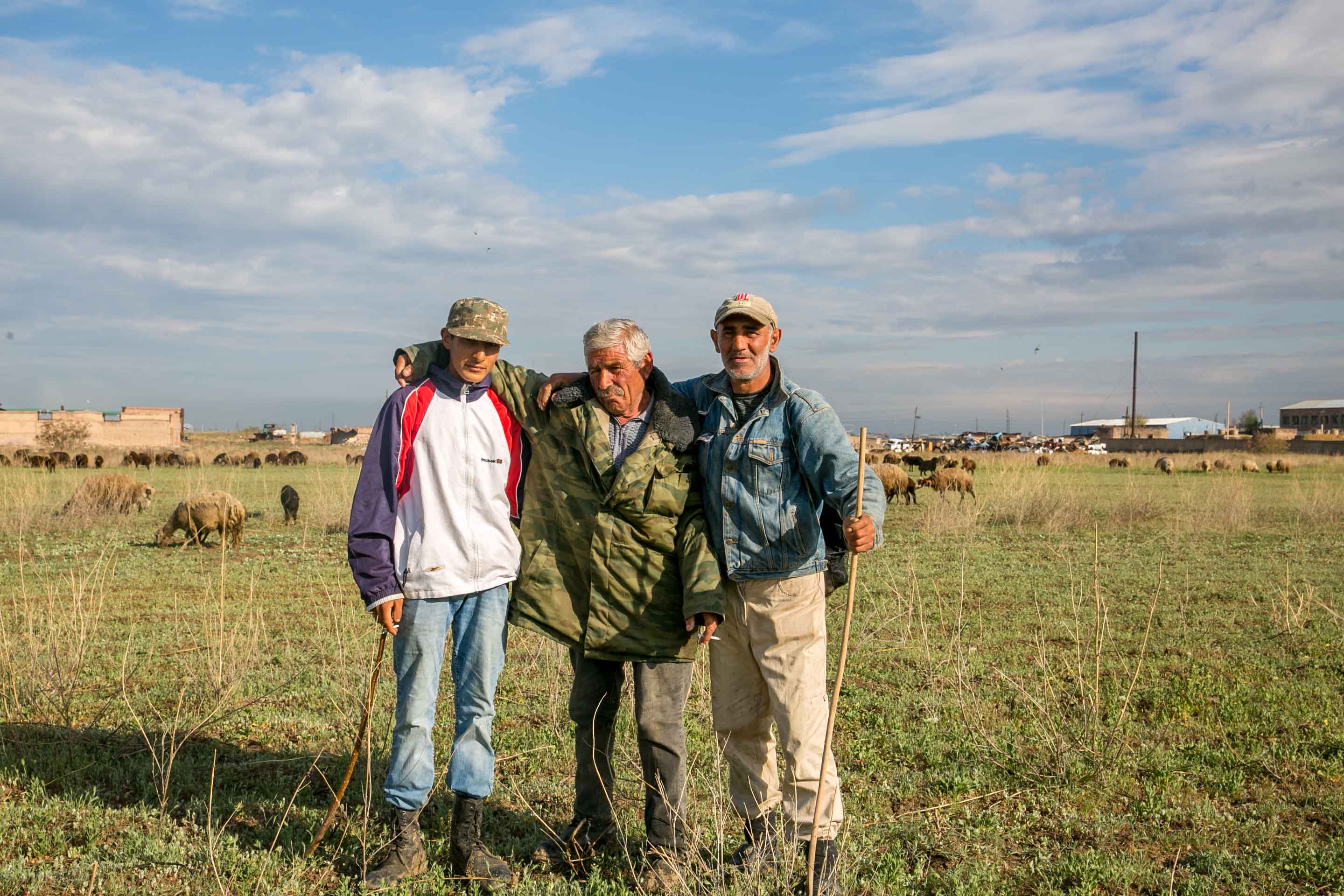
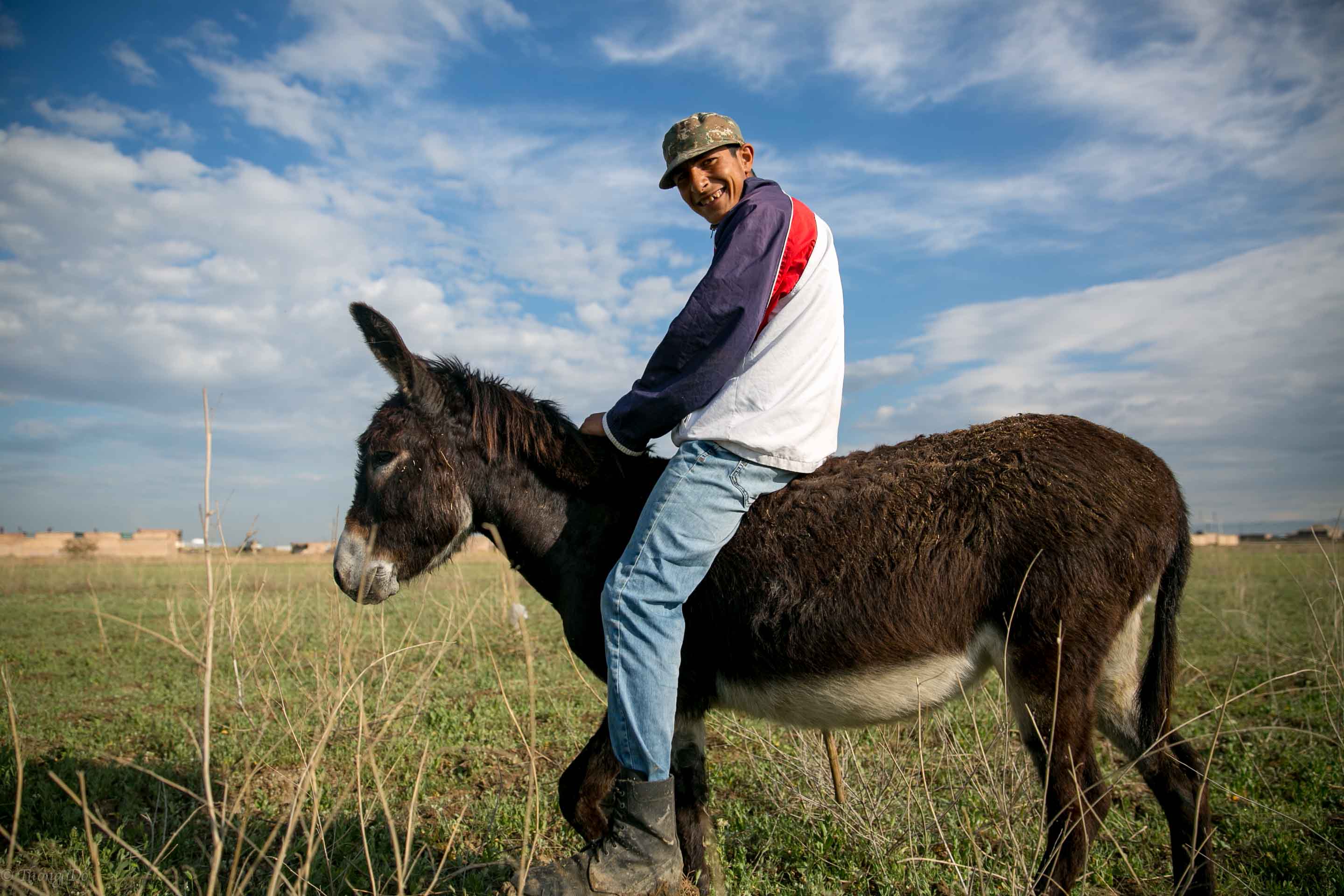
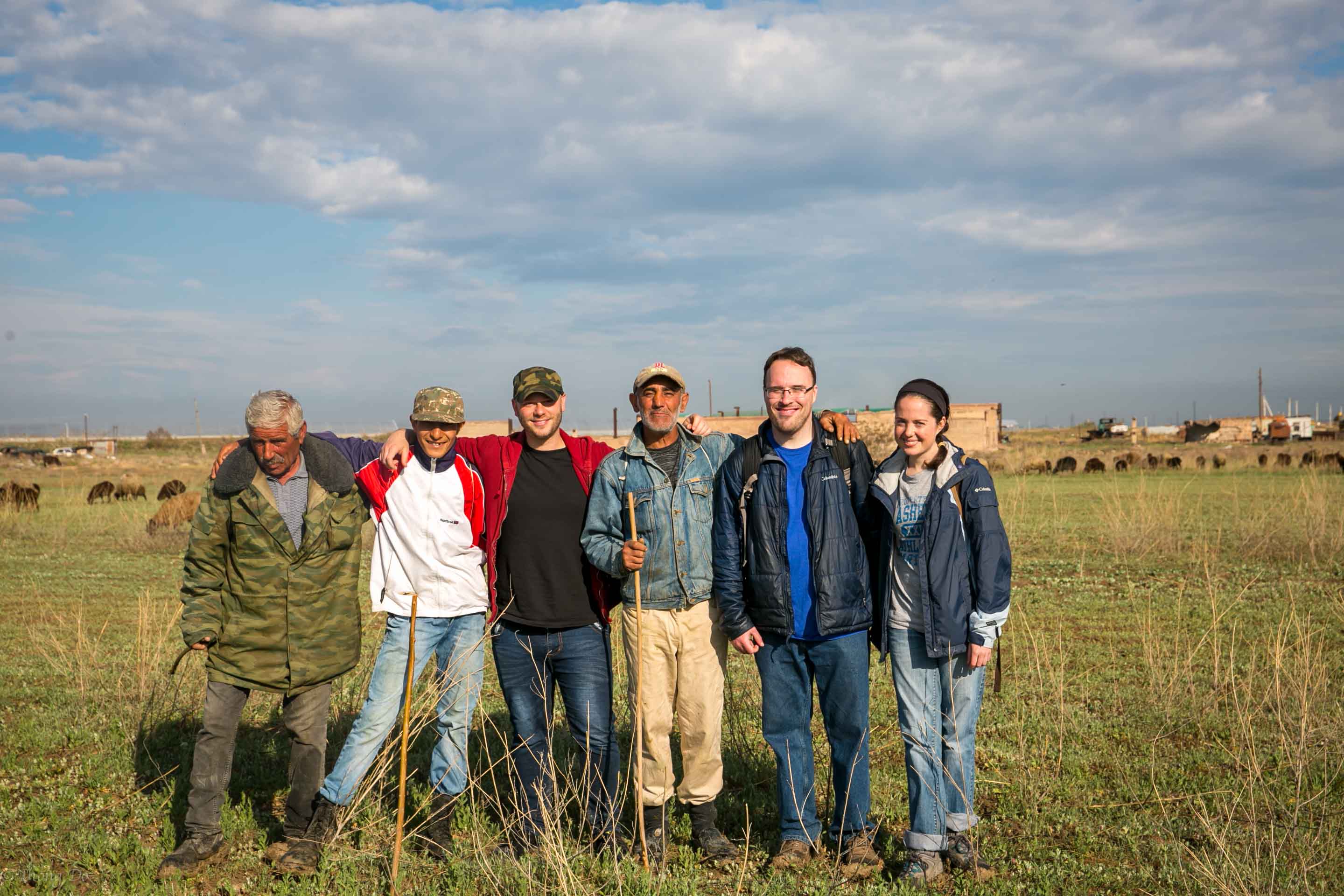
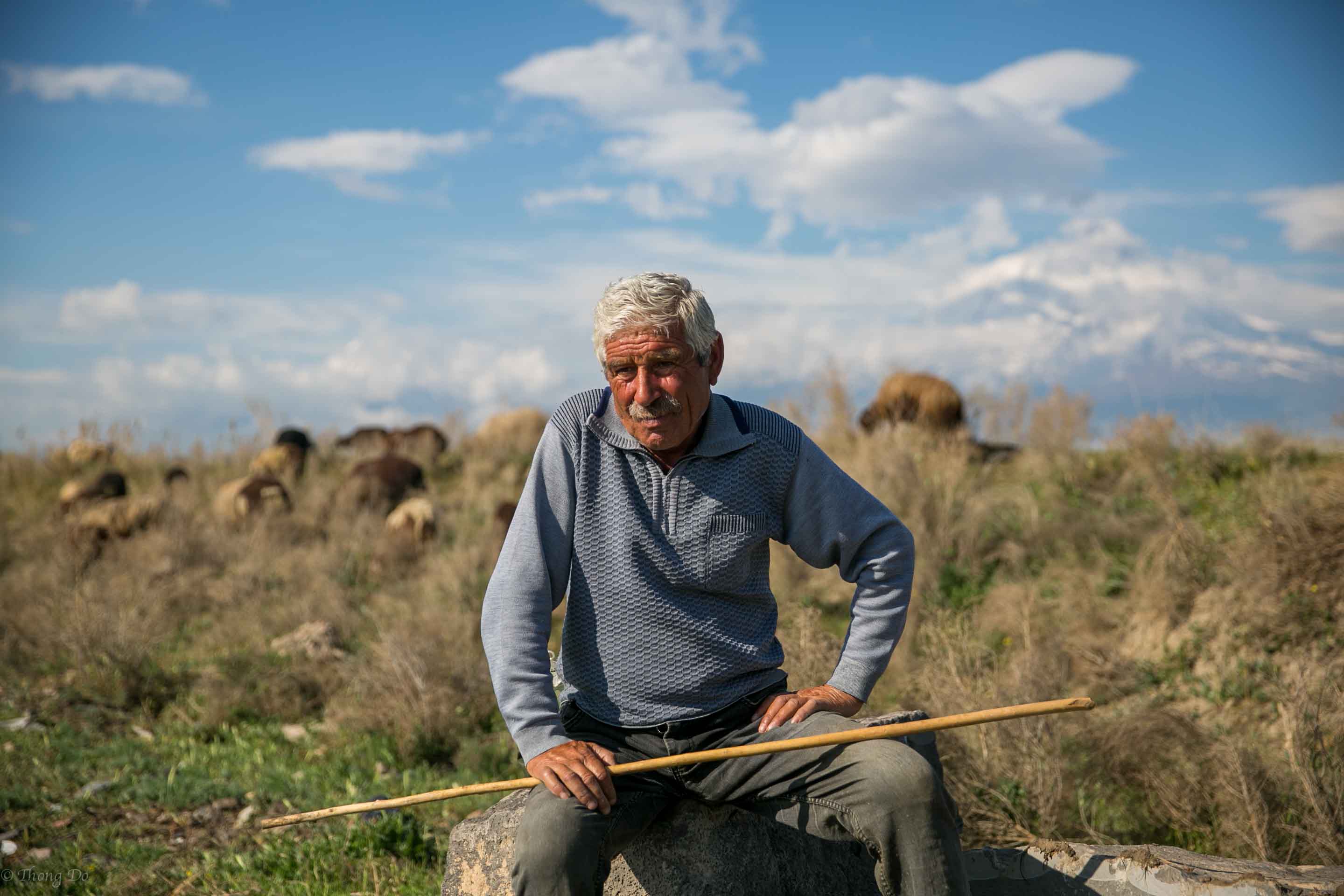
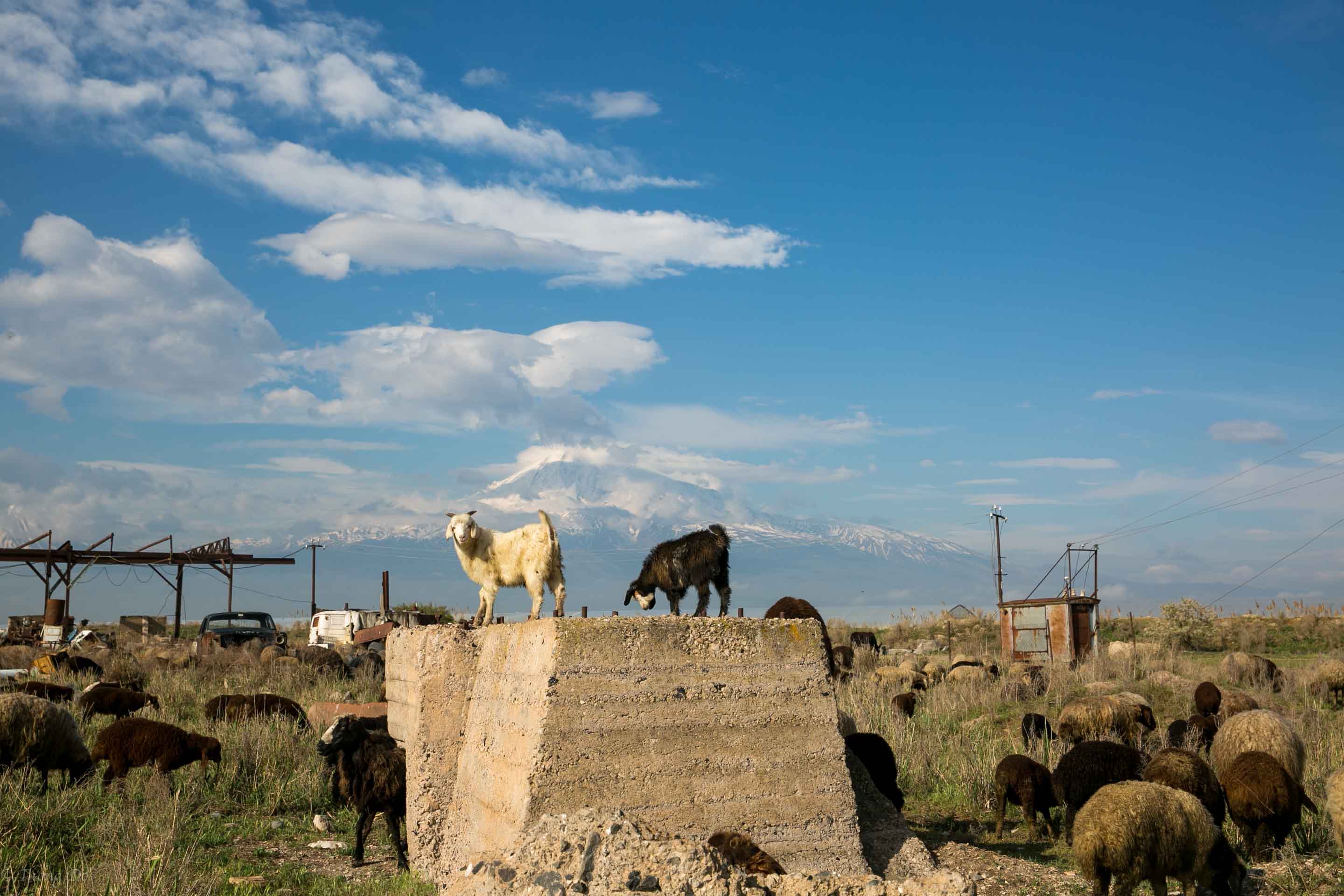
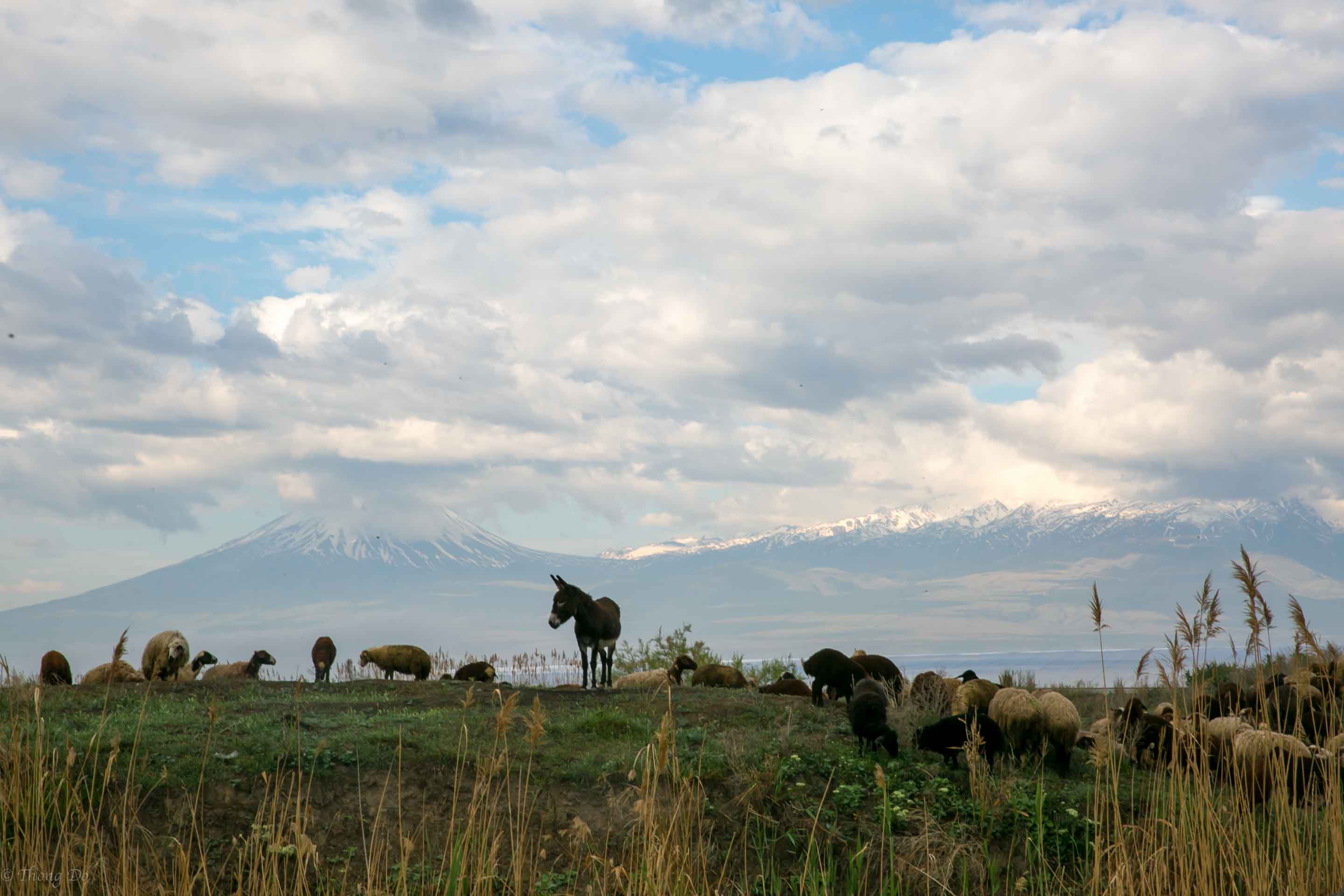
We stayed just a few hours before deciding to head back to our host families and take a nap. Sheepherding and hanging out with the Yazidi family is definitely one of the main highlights of my volunteer experience in Armenia. Getting out of my comfort zone and learning about new people with a different way of life is a great learning experience and why I love to travel so much. If you get the opportunity to do something like this, don’t pass it up!
Happy traveling.
